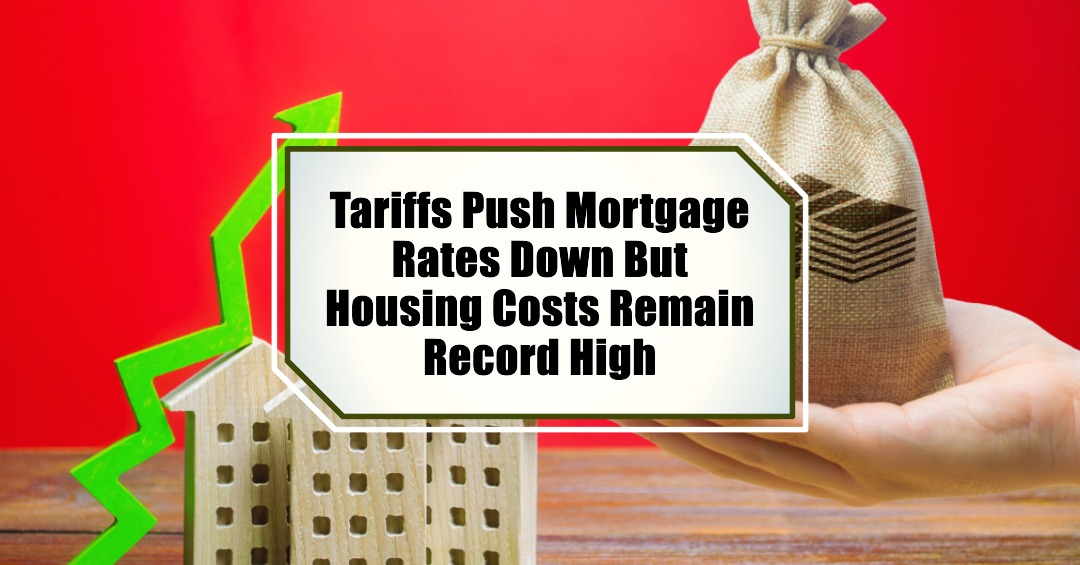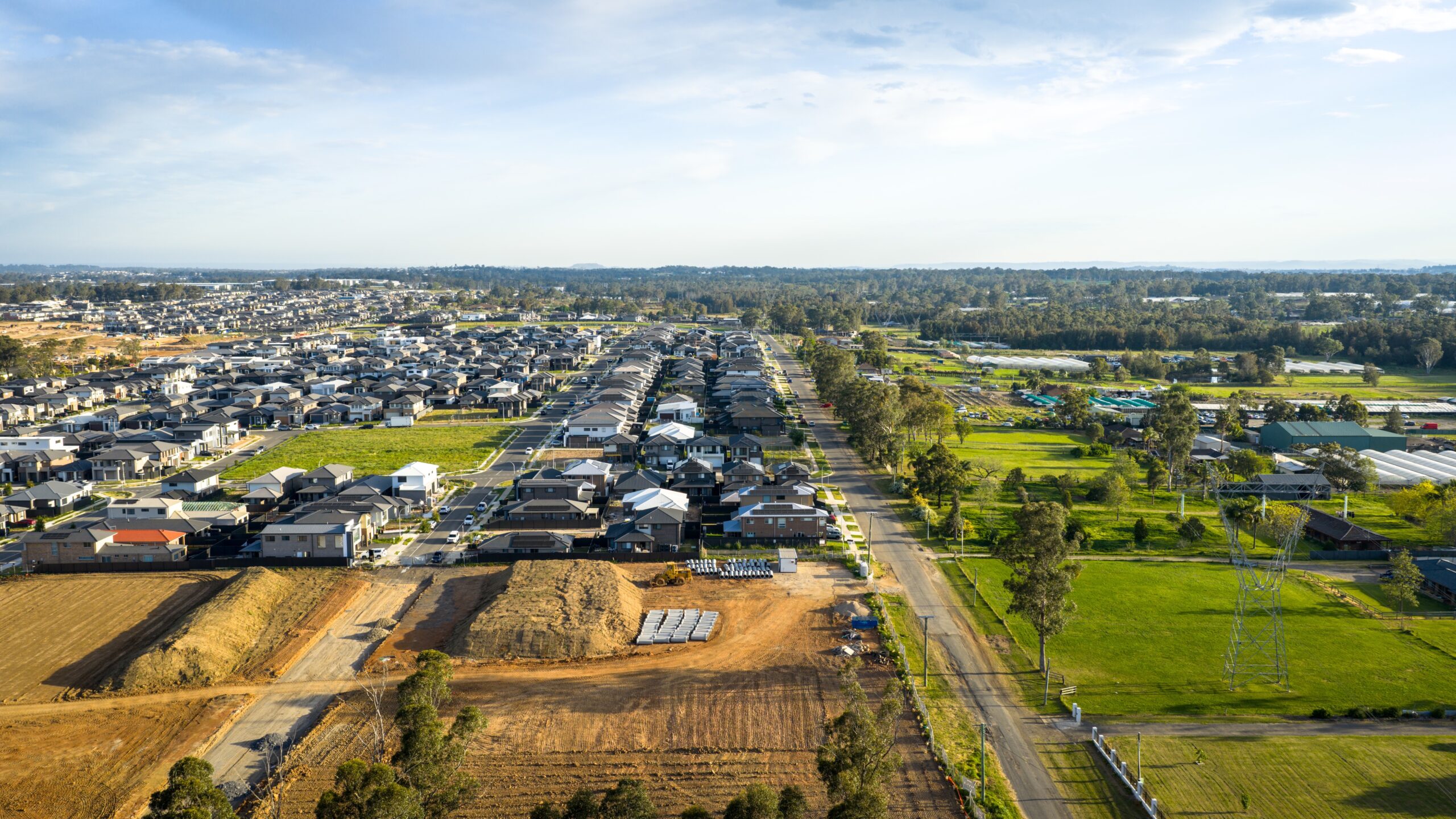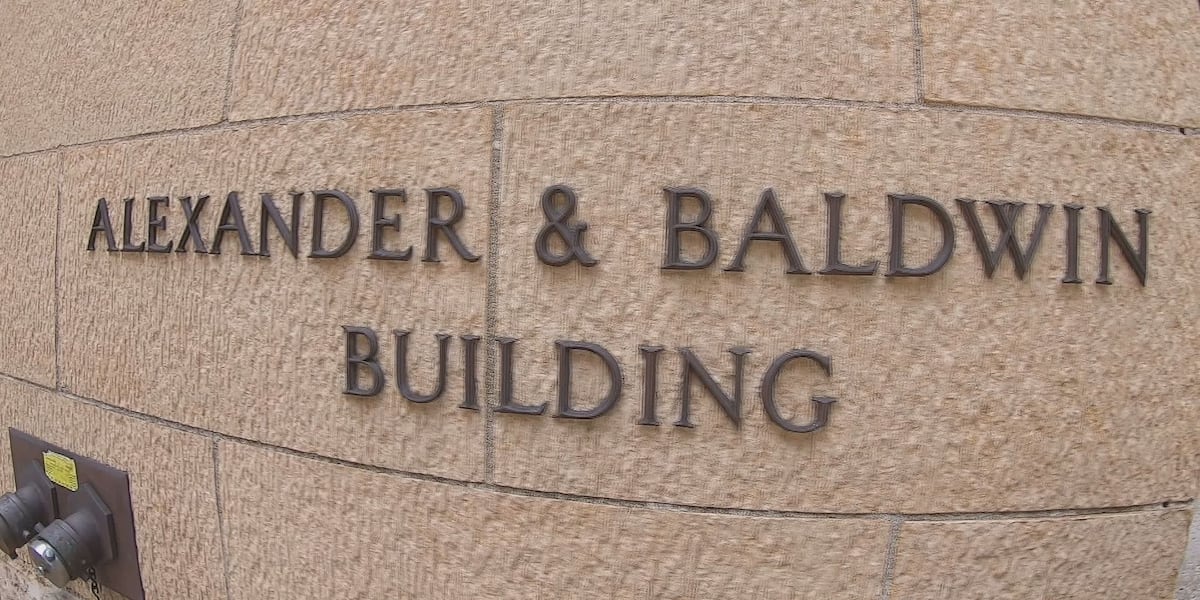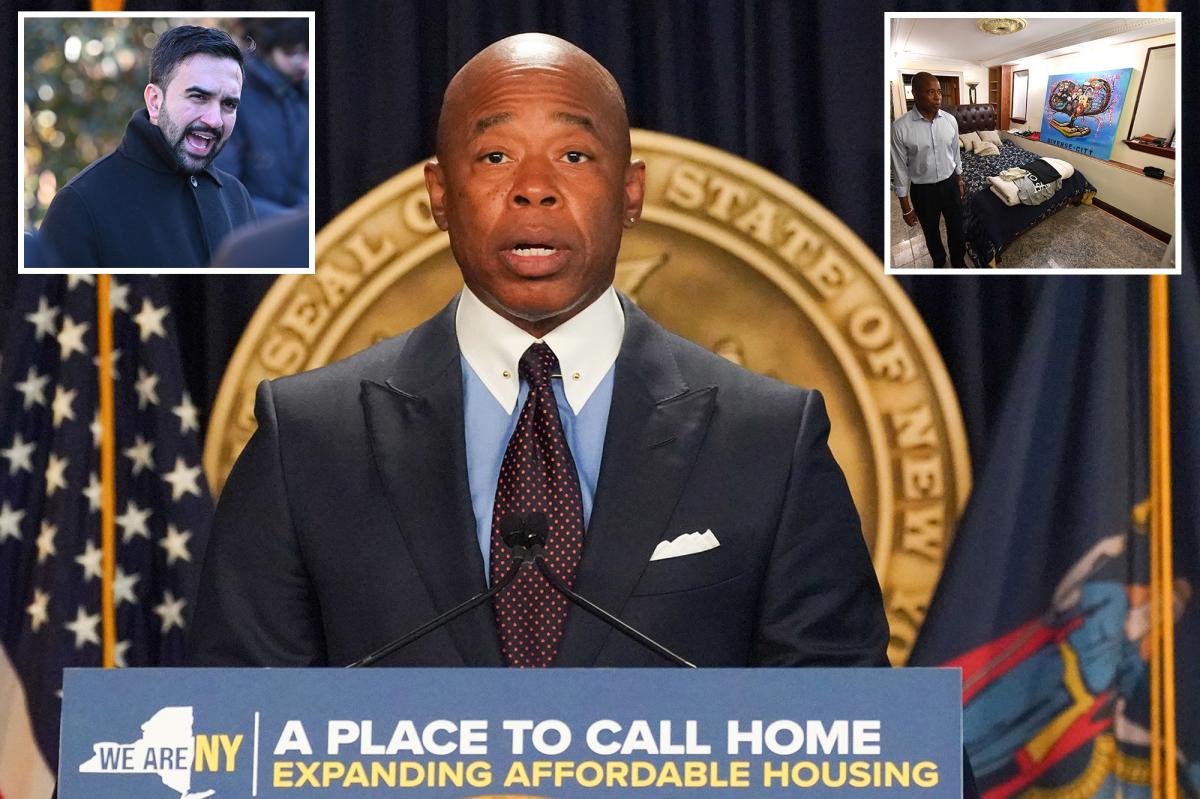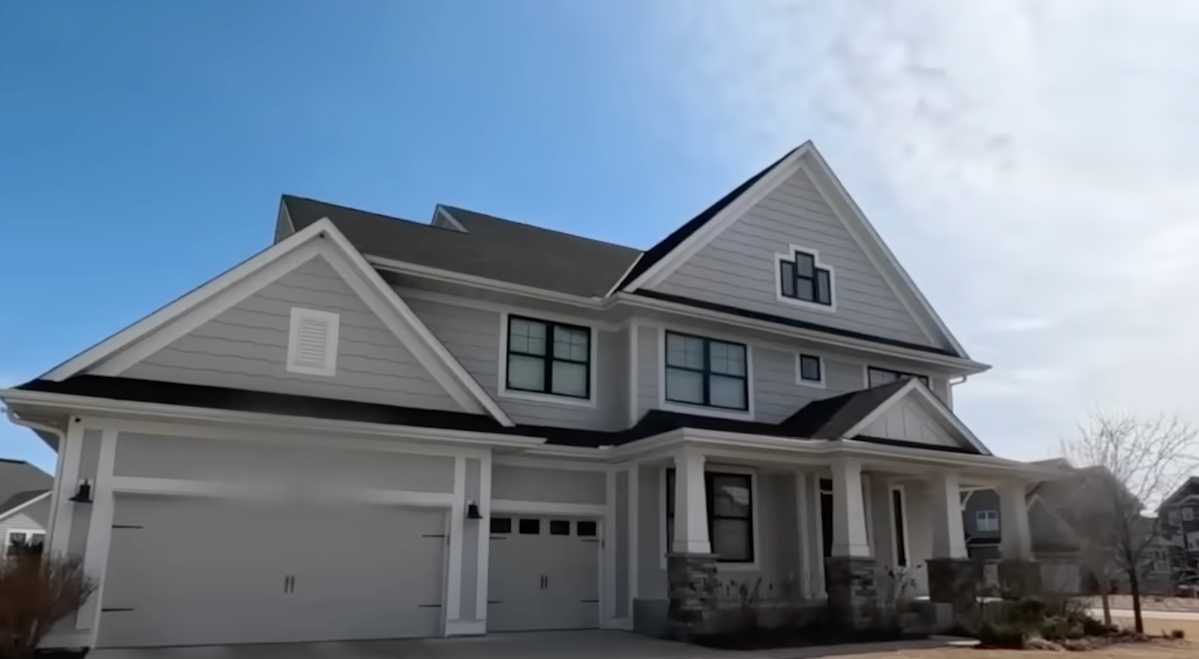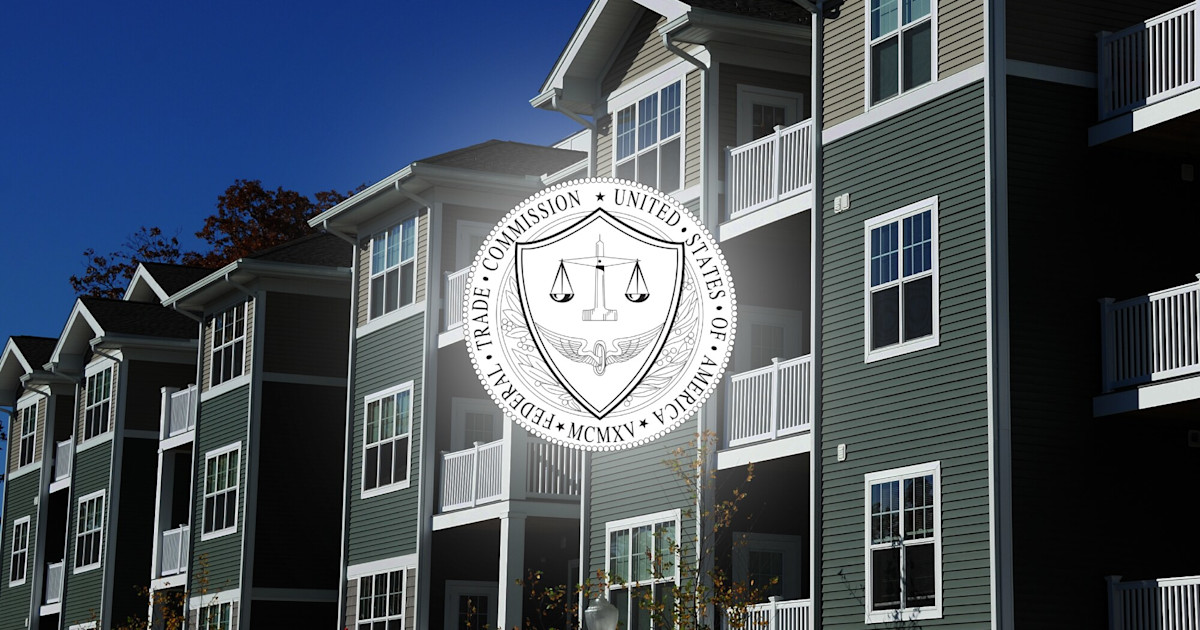T
he mortgage rate landscape has undergone a significant shift, largely driven by the ongoing trade tensions and tariffs. This development is welcome news for potential homebuyers and those looking to refinance, as lower borrowing costs can lead to substantial savings on monthly payments.
However, beneath this surface-level benefit lies a more complex reality: housing costs remain stubbornly high, near record levels in many areas. The interplay between mortgage rates and housing prices has created a challenging environment for prospective buyers.
To understand the dynamics at play, let's break down the key factors influencing the market. When economic uncertainty arises, investors often seek safer havens, such as U.S. Treasury bonds. As demand for these bonds increases, their yields decrease, which in turn affects mortgage rates. This is because mortgage rates tend to follow the yield on the 10-year U.S. Treasury.
The recent tariffs announcement has sent ripples through financial markets, causing investors to flock to bonds and driving down mortgage rates. For instance, the average rate on a popular 30-year fixed loan plummeted by 12 basis points to 6.63%, the lowest level since October. This decrease could save homebuyers a substantial amount of money on their monthly payments over the life of a loan.
However, this welcome news is tempered by the fact that housing costs remain high due to several factors. Persistently elevated home prices, record-high monthly payments, and an affordability crisis all contribute to the challenge of affording a home. According to Redfin, the typical U.S. homebuyer's monthly payment reached a record high for the second week in a row, reaching $2,802.
The numbers paint a sobering picture: estimates suggest that roughly 70% of households cannot afford a $400,000 home based on current income levels and lending standards. The minimum income required to purchase a $200,000 home at a mortgage rate of 6.5% is around $61,487, which means many households can only afford homes priced at $200,000 or less.
The supply and demand mismatch in the market also plays a significant role. While new listings have increased, the crucial point is that this supply isn't necessarily in the price range where demand is highest. There's still a shortage of more affordable homes, particularly at the lower end of the market.
For homebuyers, this situation presents a frustrating Catch-22. Lower mortgage rates can provide some relief, but high home prices remain a significant barrier to affordability. It's essential for buyers to be realistic about their budget and understand that even with lower borrowing costs, the fundamental issue of high housing costs persists.
Regional differences are also significant, with some areas experiencing more pronounced shifts than others. Cities like Jacksonville and Miami, Florida, and Virginia Beach, Virginia, saw steep declines in pending sales, potentially due to changes in pandemic-era migration patterns.
Looking ahead, uncertainty remains a dominant theme. Danielle Hale, the chief economist for Realtor.com, noted that the high cost of buying coupled with growing economic concerns suggest a sluggish response from buyers in early spring. While recent improvements in mortgage rates are a positive sign for later spring and early summer, this is contingent on economic concerns settling.
In conclusion, the current housing market presents a complex puzzle. Lower mortgage rates offer some relief, but the fundamental challenge of affording a home persists due to high housing costs. Keeping a close eye on both interest rates and housing prices, understanding your local market, and being realistic about your budget are more important than ever in navigating this intricate landscape.
For those looking to invest in real estate, consider working with a trusted source like Norada, which can help you secure consistent returns even in a shifting interest rate environment.
